The brilliant, internationally-acclaimed Polish dancer Vaslav Nijinsky had a sister. As children, Vaslav and Bronia danced together. As adolescents, they both won places to hone their art at the prestigious Imperial Ballet School in St Petersburg. As adults, they danced with the Ballets Russes throughout Europe and choreographed groundbreaking work. Vaslav eclipsed his younger sister in renown, but Bronia was a gifted dancer, choreographer and beloved teacher in her own right.
In The Chosen Maiden, Eva Stachniak brings Bronia out of Vaslav’s shadow. As Vaslav’s star was ravaged by devastating mental illness and the First World War sparked revolution in Russia, Bronia continued to work with grit and determination, creating dance that broke with tradition and challenged the expectations of what female dancers were allowed. In her fifth novel, Stachniak gives us an affecting portrait of a woman who was “strong enough to dance alone.”
Christine Fischer Guy: What drew you to the world of the Ballets Russes?
Eva Stachniak: It was not the Ballets Russes but the brilliant Nijinskys, Vaslav and Bronislava, brother and sister.
After my second Catherine the Great novel, I wanted to look at the end of Catherine’s Russia. At first I searched for an inspiring character among her descendants, but no one at the Imperial Russian court captivated me. Then I looked at the Artists of the Imperial Theatres, and I knew I’d found my people.
I have to confess I didn’t know of Bronislava Nijinska’s existence until I started researching her famous brother, Vaslav. Only then I learned that he had a younger sister Bronislava (or Bronia as she was often called) who was not only a talented dancer and a groundbreaking choreographer, but also a writer of Early Memoirs, a book that captivated my imagination. So it was Bronia’s voice — strong, powerful, inspiring — that led me to the world of Russian ballet and to the Ballets Russes. She was my inspiration, my muse, my guide and my teacher.
More: Christine Fischer Guy interviews Eva Stachniak
Read More
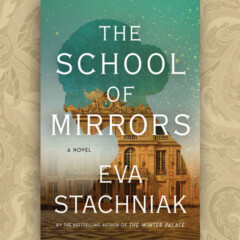
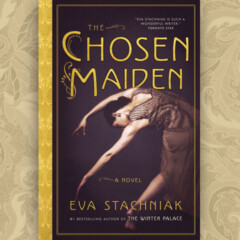
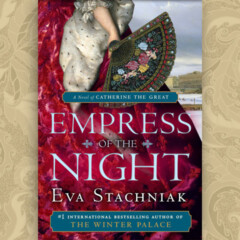
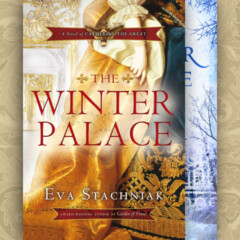


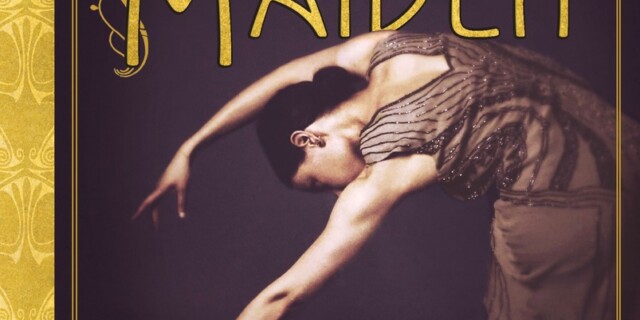
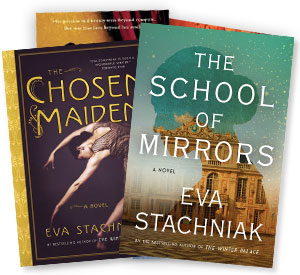
Polish Language Site